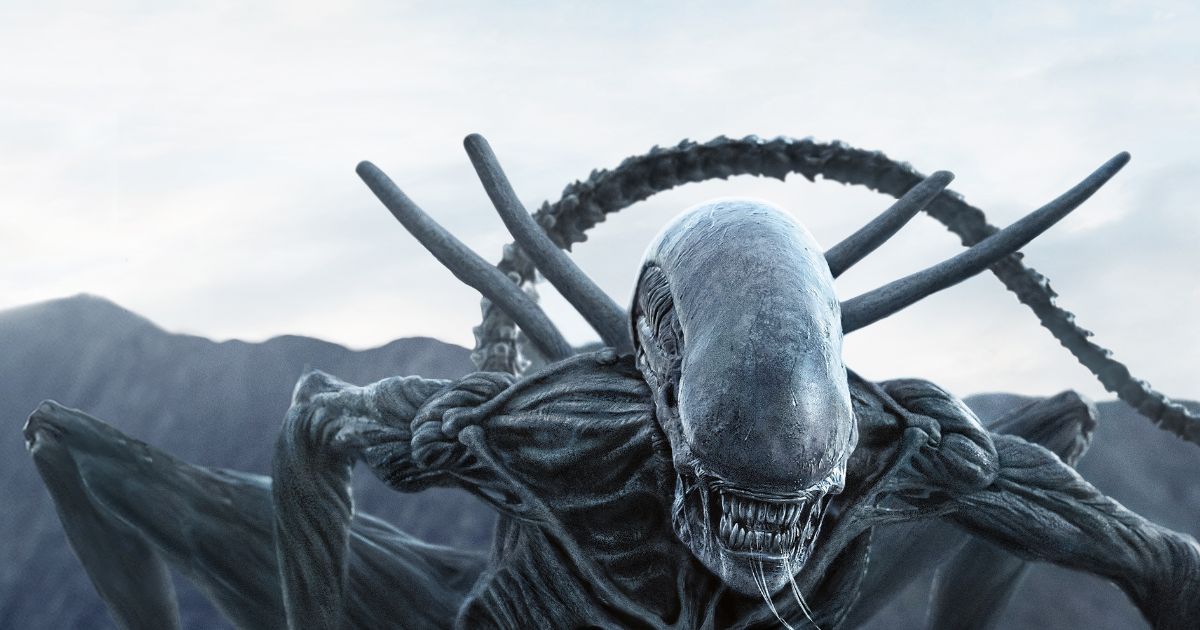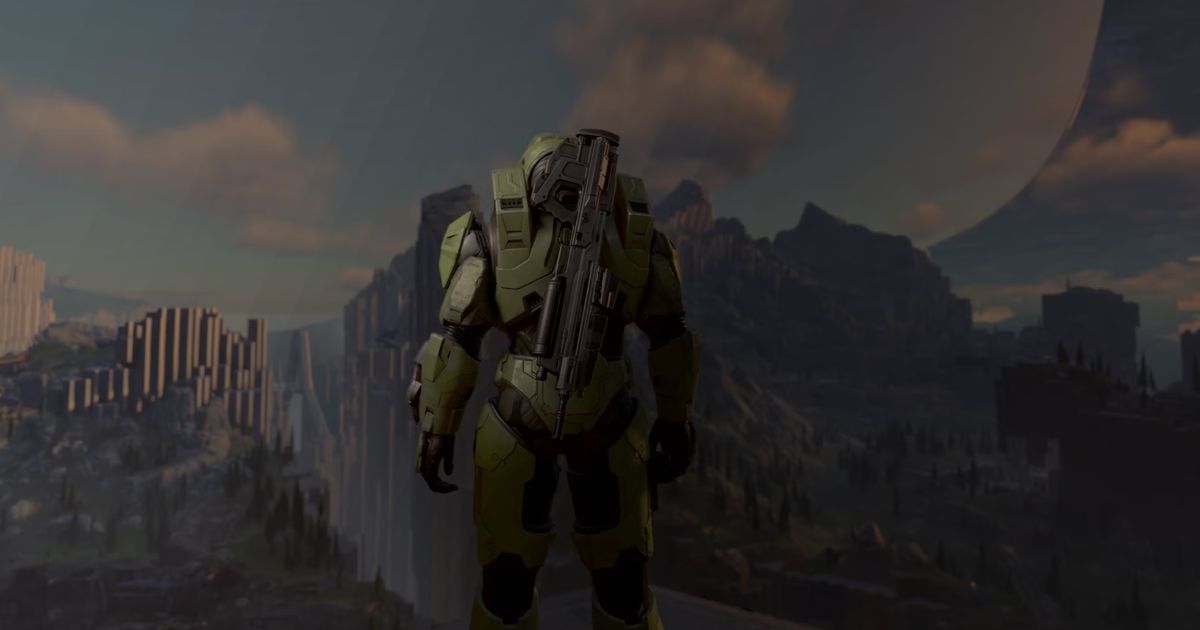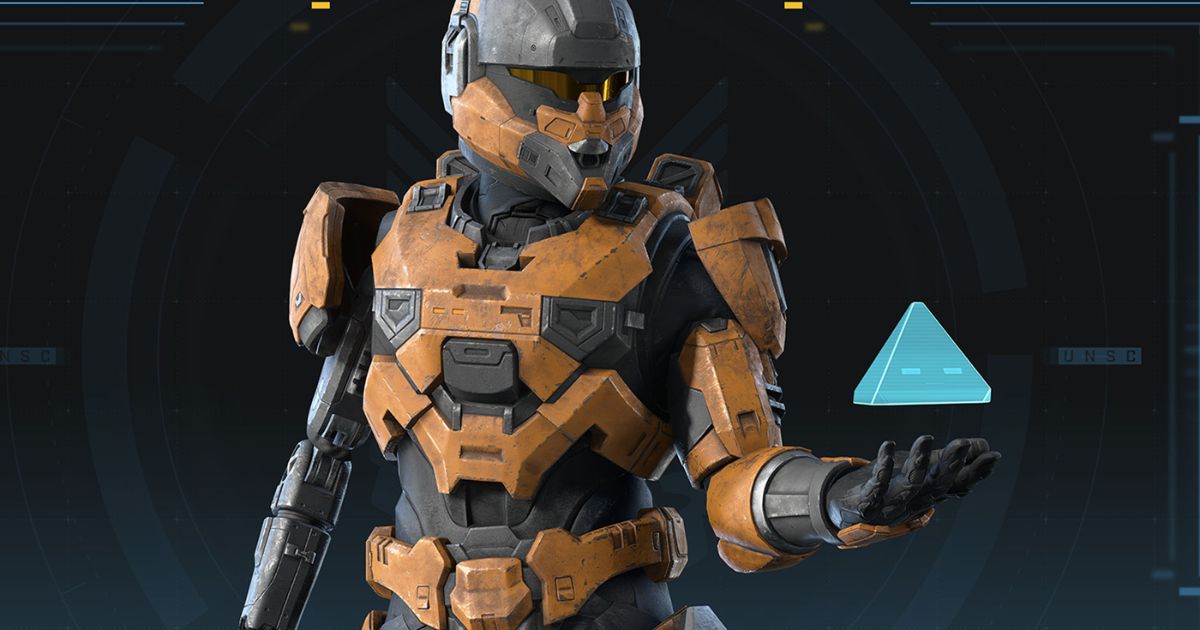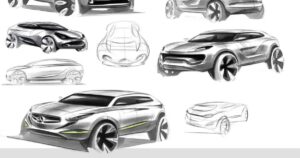When Halo: Combat Evolved burst onto the scene in 2001, it didn’t just change the way we play video games – it revolutionized how we see them. The game’s icons and banners became more than mere visual elements; they evolved into a language all their own, speaking volumes about the rich universe Bungie had created.
The Halo (2003) game icons banners have left an indelible mark on the gaming landscape, so let’s take a closer look at them.
The Legacy of Halo
Halo: Combat Evolved wasn’t just another first-person shooter. It was a paradigm shift. The game’s release marked the beginning of a new era in console gaming, setting standards that would influence the industry for years to come. But it wasn’t just the gameplay that set Halo apart – it was the visual identity crafted through its icons and banners.
From the moment players first laid eyes on the iconic Master Chief helmet, they knew they were in for something special. The game’s visual elements weren’t just window dressing; they were integral to the experience, guiding players through the ring world and immersing them in its alien beauty.
The Significance of Game Icons and Banners
In the world of video games, icons and banners serve as more than just pretty pictures. They’re a vital part of the user interface, conveying crucial information at a glance. In Halo, these visual elements took on an even greater significance, becoming part of the game’s storytelling toolkit.
The UNSC emblem, for instance, wasn’t just a logo – it was a symbol of humanity’s struggle against the Covenant. Every time players saw it, they were reminded of what they were fighting for. Similarly, the Covenant’s alien glyphs served to reinforce the otherworldly nature of the threat they faced.
Read More: Moddroid Mechat: Transform Your Gaming Adventure Today!
The Impact of Halo (2003) Game Icons Banners
The impact of Halo’s visual design can’t be overstated. It set a new bar for what players expected from their games, influencing everything from UI design to marketing materials. The game’s iconic imagery became instantly recognizable, transcending the bounds of the game itself to become part of popular culture.
Consider the silhouette of Master Chief. It’s not just a character design – it’s a symbol, as instantly recognizable as Mario or Sonic. This level of visual impact is something many games aspire to, but few achieve.
Understanding Game Icons and Banners
To truly appreciate the genius of Halo’s visual design, we need to understand what game icons and banners are and how they function. In essence, these are visual shorthand, designed to convey information quickly and efficiently.
In Halo, icons represent everything from weapons to vehicles to player status. Banners, on the other hand, serve a broader purpose, setting the tone and atmosphere for different parts of the game. Together, they create a visual language that players can read intuitively, enhancing both gameplay and immersion.
The Master Chief: A Symbol of Heroism
No discussion of Halo’s icons would be complete without delving into its most famous symbol: the Master Chief. The Chief’s helmet, with its distinctive gold visor, has become one of the most recognizable images in gaming.
But what makes this design so effective? It’s a combination of factors. The sleek, futuristic design speaks to the game’s sci-fi setting. The faceless visor lends an air of mystery, allowing players to project themselves onto the character. And the overall silhouette is instantly recognizable, even at a distance or in shadow.
The UNSC Emblem: Unity and Strength
The United Nations Space Command (UNSC) emblem is another masterpiece of iconic design. At first glance, it might seem like a simple eagle motif. But look closer, and you’ll see layers of meaning.
The eagle represents strength and freedom, traditional values associated with the military. The globe it clutches symbolizes Earth, humanity’s home. And the stars surrounding it? They represent humanity’s reach into space. It’s a complex message, conveyed in a single, striking image.
Covenant Symbols: The Alien Menace

On the other side of the conflict, we have the Covenant. Their symbols and icons are a study in contrast with those of the UNSC. Where human designs are angular and militaristic, Covenant iconography is curved and alien.
This visual distinction serves an important purpose. It immediately communicates to the player that they’re dealing with something foreign and potentially threatening. The otherworldly nature of these designs adds to the game’s atmosphere, enhancing the feeling of being a human in an alien world.
Multiplayer Icons: Identity and Competition
Halo’s multiplayer mode was groundbreaking, and its icons played a crucial role in its success. Team symbols, player status indicators, and objective markers all needed to be instantly recognizable in the heat of battle.
The designers rose to this challenge brilliantly. Each team had a distinct color and symbol, allowing players to identify friends and foes at a glance. Objective markers were clear and unambiguous, facilitating cooperation even in the absence of voice chat.
The Staying Power of Halo’s Iconic Visuals
It’s been over two decades since Halo: Combat Evolved first graced our screens, yet its visual language remains potent. Why? The answer lies in the timeless quality of its design.
Halo’s icons and banners strike a perfect balance between detail and simplicity. They’re complex enough to be interesting, yet simple enough to be instantly recognizable. This design philosophy has allowed them to remain relevant even as graphics technology has advanced by leaps and bounds.
The Art of Icon Design: A Developer’s Perspective

Creating effective icons is no easy task. It requires a deep understanding of visual communication, a keen eye for detail, and the ability to convey complex ideas in simple forms.
Bungie’s art team faced numerous challenges in designing Halo’s icons. They had to create a visual language that was both futuristic and familiar, alien yet comprehensible. And they had to do it all within the technical limitations of the original Xbox.
The result of their efforts speaks for itself. Halo’s icons have stood the test of time, remaining effective and beloved even as the franchise has evolved.
Legacy and Influence
The influence of Halo’s visual design extends far beyond the bounds of the franchise itself. Countless games have drawn inspiration from Halo’s iconic imagery, from sci-fi shooters to strategy games.
But Halo’s impact isn’t limited to the gaming world. The game’s visual language has permeated popular culture, appearing on everything from t-shirts to tattoos. It’s a testament to the power of effective visual design.
The Evolution of Halo’s Visual Identity
As the Halo franchise has grown and evolved, so too has its visual identity. Each new game has brought refinements and additions to the iconic designs established in the original.
Yet through all these changes, the core visual language established in Halo: Combat Evolved remains. It’s a delicate balancing act – maintaining consistency while allowing for evolution. The fact that Halo has managed this balance so well is a testament to the strength of its original designs.
Introducing New Visual Elements
Adding new elements to an established visual language is always a challenge. How do you introduce something new without disrupting the familiar? Halo has faced this challenge multiple times over the years, perhaps most notably with the introduction of the Prometheans in Halo 4.
The designers tackled this challenge by creating a visual style for the Prometheans that was distinct, yet harmonious with existing designs. The result was a set of icons and banners that felt fresh and alien, while still unmistakably “Halo.”
The Power of Nostalgia
There’s no denying the power of nostalgia in gaming, and Halo’s iconic visuals tap into this in a big way. For many players, seeing the classic Halo logo or Master Chief’s helmet evokes memories of late-night LAN parties and epic campaign missions.
This nostalgia factor has become a powerful tool in marketing new Halo games. By incorporating classic designs alongside new elements, developers can appeal to long-time fans while still pushing the franchise forward.
Read Also More
Inspiring Future Generations
Halo’s impact on game design goes beyond just inspiring other games. It’s shaped the way an entire generation of artists and designers think about visual communication in interactive media.
Many of today’s game designers grew up playing Halo, and its influence can be seen in their work. From user interface design to character concepts, the lessons learned from Halo’s iconic visuals continue to shape the games we play today.
Halo Fan-Made Icons and Banners
The Halo community is known for its creativity, and nowhere is this more evident than in the realm of fan-made icons and banners. Fans have created everything from reimagined character icons to entirely new faction emblems, all inspired by the game’s iconic visual style.
This outpouring of creativity is a testament to the enduring appeal of Halo’s visual design. It’s also a source of inspiration for official designs, with fan creations occasionally influencing the direction of the franchise.
How Halo (2003) Set New Standards for Game Graphics
When Halo: Combat Evolved launched, it didn’t just raise the bar for game graphics – it launched it into orbit. The game’s visuals were a quantum leap forward, showcasing what was possible with the power of the original Xbox.
From its use of bump mapping to create realistic textures, to its implementation of real-time lighting effects, Halo pushed the boundaries of what gamers thought possible. These technical innovations weren’t just for show – they enhanced the gameplay experience, creating a more immersive and believable world.
The Evolution of Game Icons from Early Days to 2003
To truly appreciate Halo’s impact, we need to look at where game icons came from. In the early days of gaming, technical limitations meant icons had to be simple and functional. As technology advanced, so did the complexity and artistry of game icons.
By the time Halo arrived in 2003, game icons had already come a long way. But Halo took things to a new level, creating icons that were not just functional, but beautiful and meaningful in their own right.
Design Principles Behind Halo’s Iconic Banners

The banners in Halo aren’t just decorative – they’re carefully crafted pieces of visual communication. They follow key design principles that make them effective and memorable:
- Simplicity: Each banner conveys its message clearly and concisely.
- Distinctiveness: Every faction and location has its own unique visual identity.
- Consistency: The design language remains coherent throughout the game.
- Symbolism: Each banner carries deeper meaning related to the game’s lore.
These principles combine to create banners that are both aesthetically pleasing and narratively significant.
The Technology Behind Halo’s Graphics
Halo’s groundbreaking visuals wouldn’t have been possible without significant technological innovations. The game pushed the original Xbox to its limits, utilizing every ounce of processing power to create its stunning environments and effects.
Key to this was the game’s engine, which allowed for large, open environments with dynamic lighting and complex particle effects. This technology didn’t just make the game look good – it opened up new possibilities for gameplay, allowing for the kind of large-scale battles that became Halo’s trademark.
Conclusion
The impact of Halo (2003) game icons banners cannot be overstated. They didn’t just enhance a great game – they redefined what was possible in video game visual design. From the instantly recognizable Master Chief to the alien glyphs of the Covenant, these icons and banners have become an integral part of gaming culture. As we look to the future of gaming, one thing is certain: the legacy of Halo’s iconic visuals will continue to inspire and influence for years to come.

![Discover Florida's Best Weekend Getaways: Beach to Disney [2024 Guide]](https://theglobelday.com/wp-content/uploads/2024/09/discover-floridas-best-weekend-getaways-beach-to-disney-2024-guide.jpg)


![Discover Florida's Best Weekend Getaways: Beach to Disney [2024 Guide]](https://theglobelday.com/wp-content/uploads/2024/09/discover-floridas-best-weekend-getaways-beach-to-disney-2024-guide-300x158.jpg)






